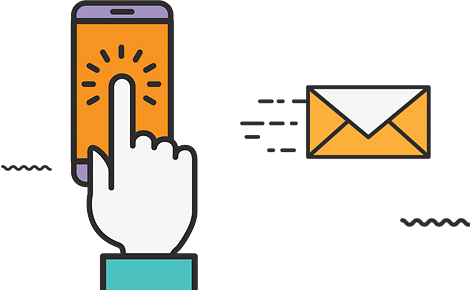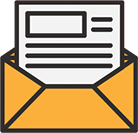Mon-Sat 9am-7pm
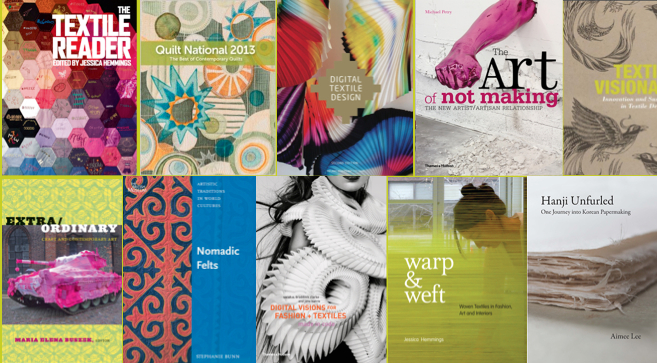
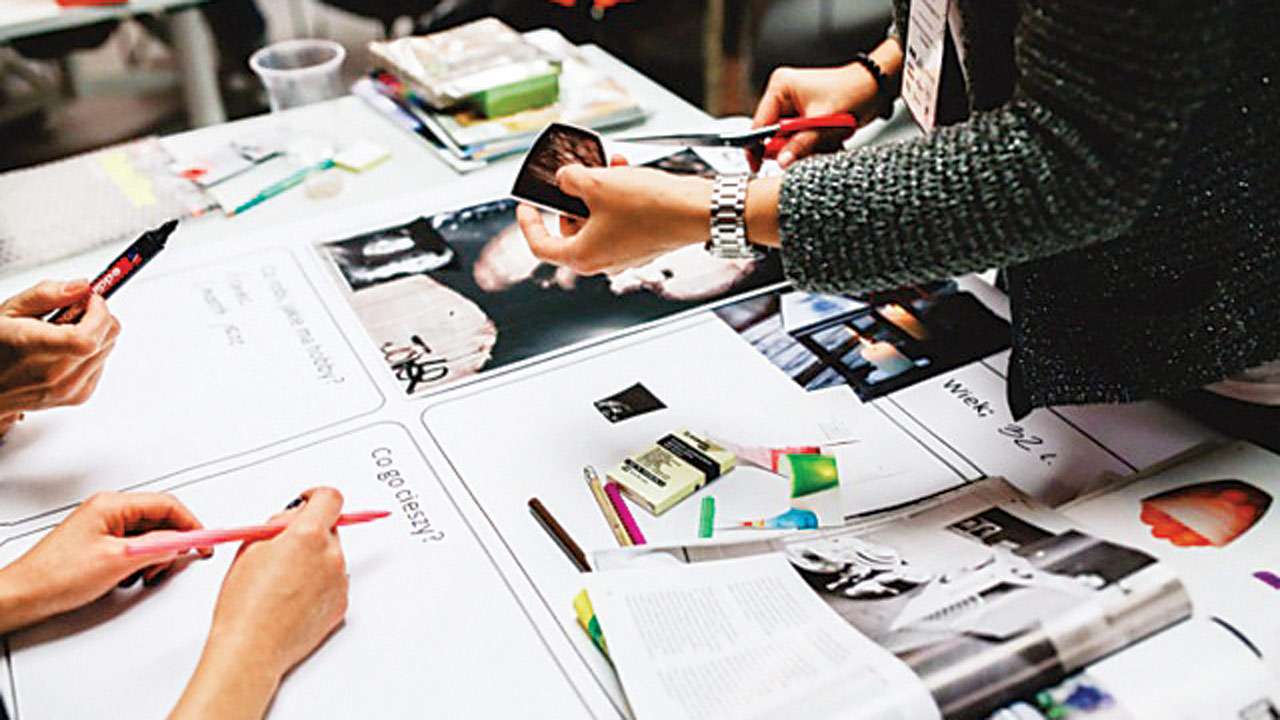
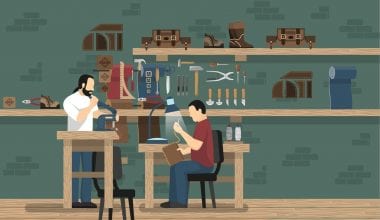
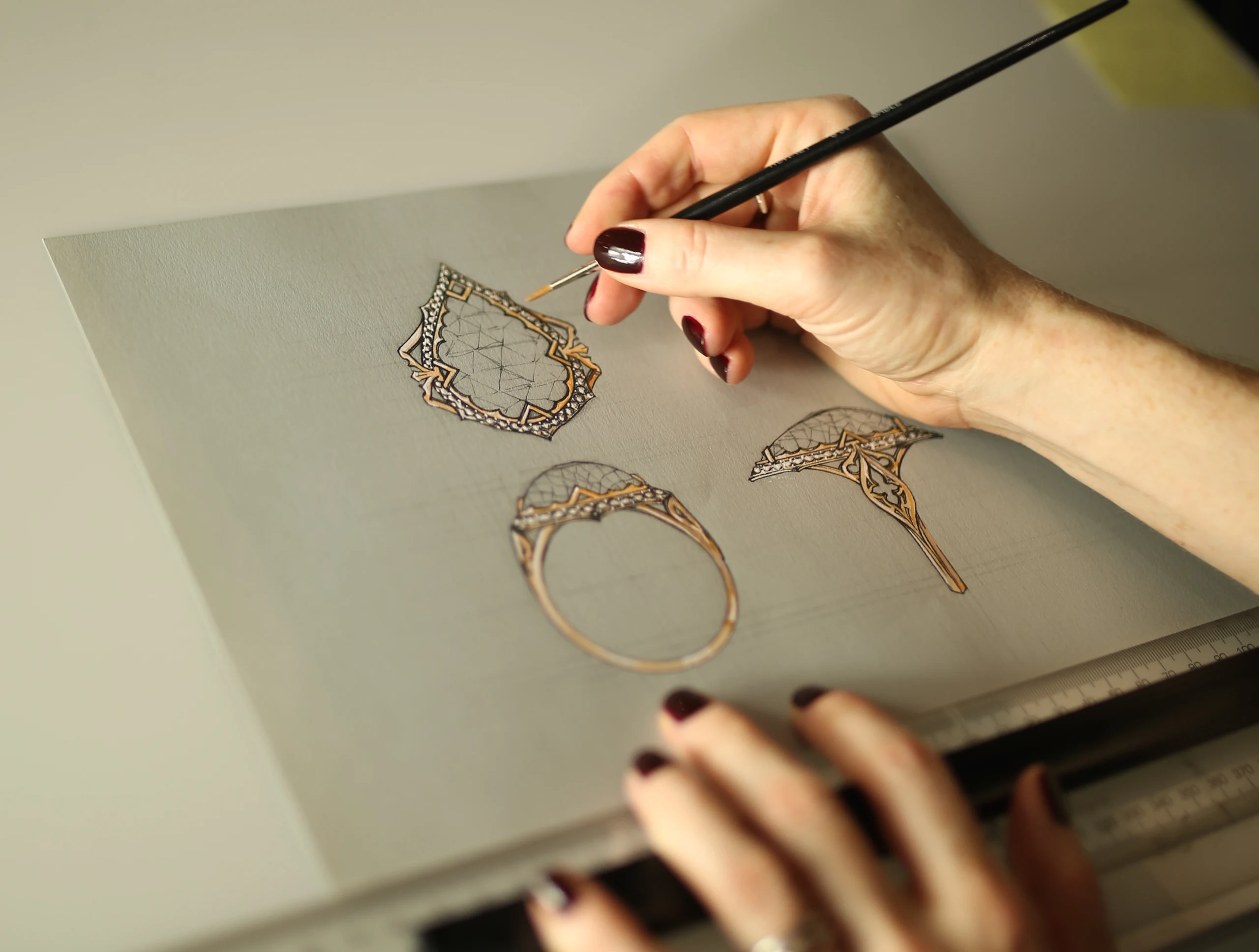
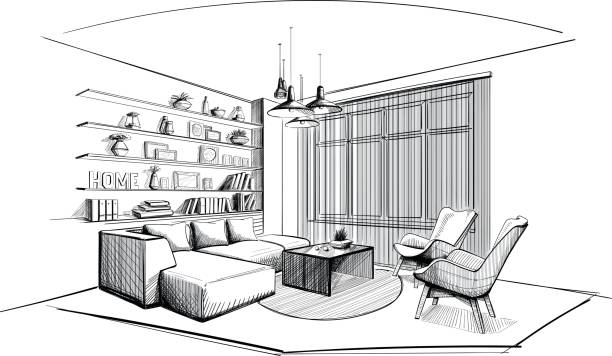
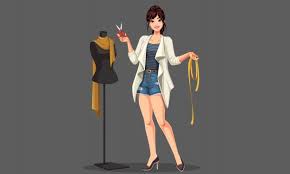
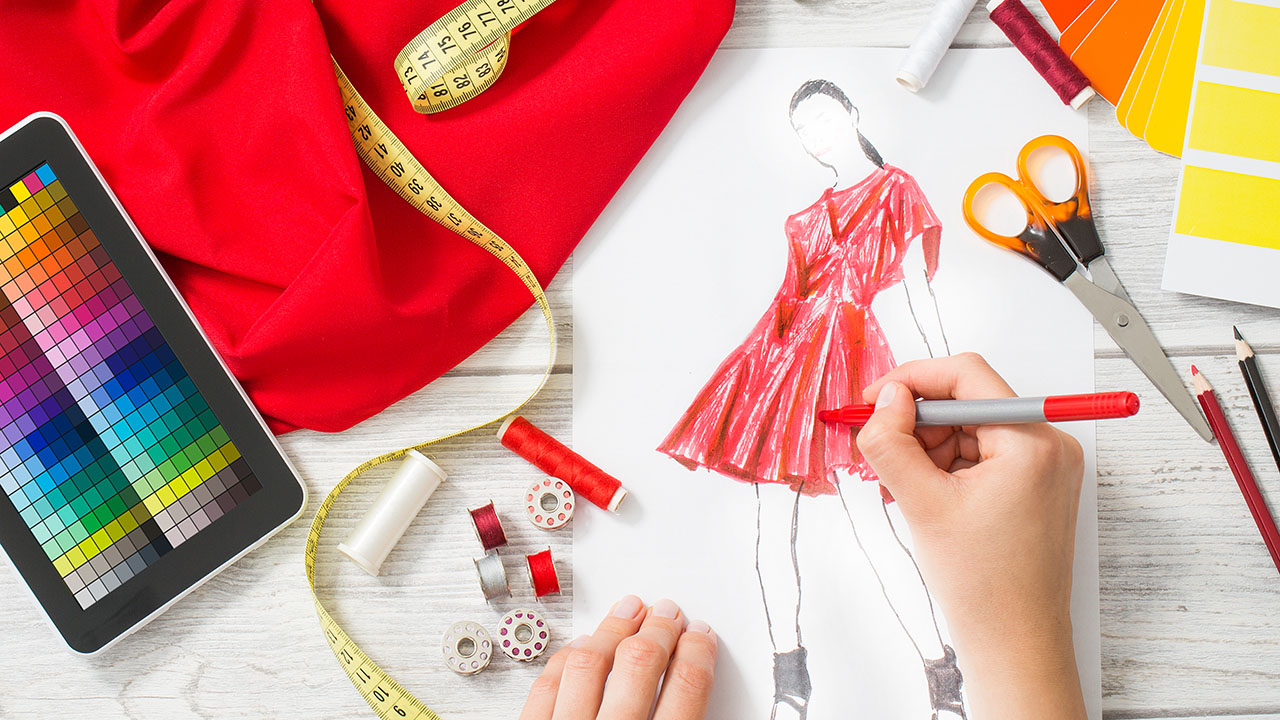
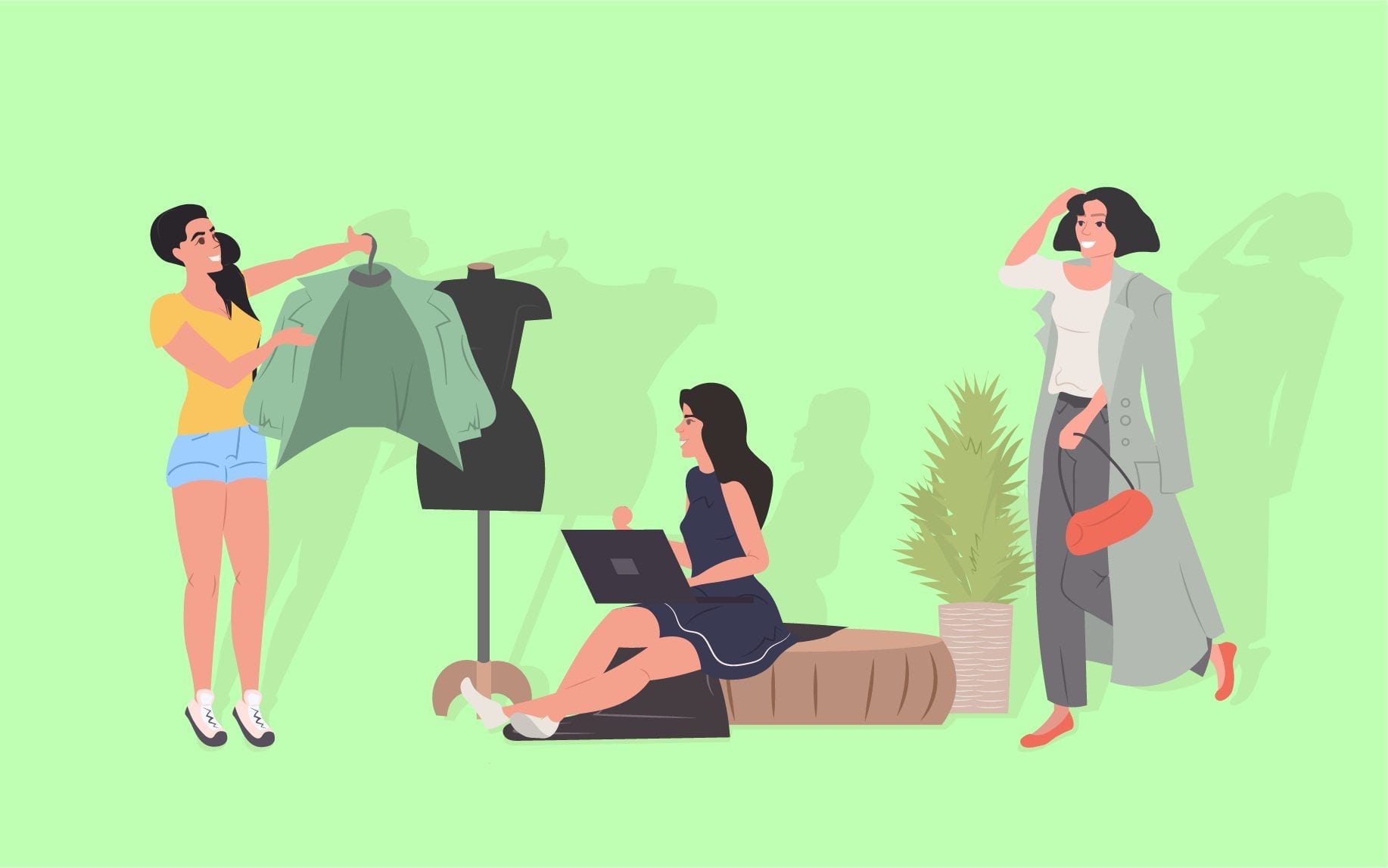
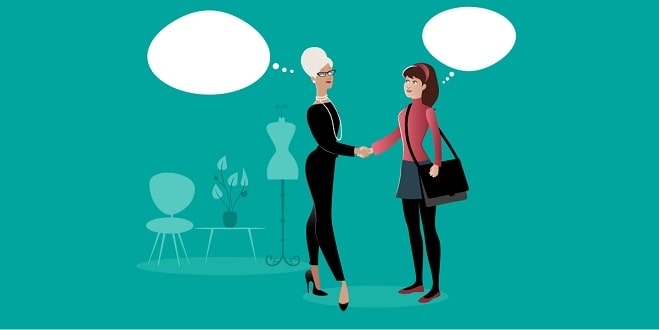
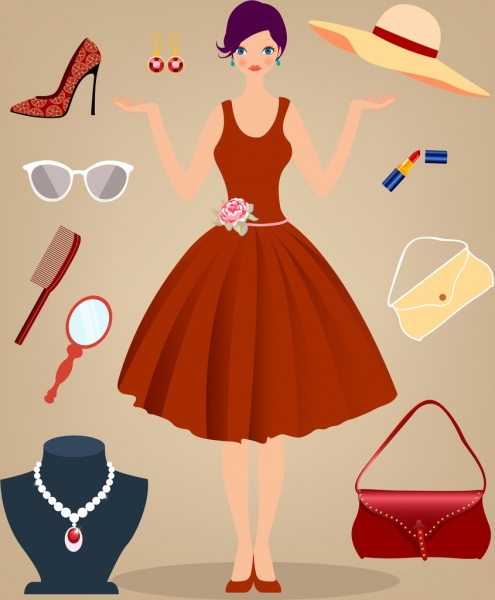
Leather designing in fashion and luxury goods industry provides great opportunities to explore the industry world-wide. A person specialising in leather designing can work as leather apparel designing, leather accessory designing, research and development for leather industry, or they can start up their own leather goods manufacturing unit. A market research report by Technovia after analyzing leather goods industry of major leather goods manufacturers forecasted that the industry is expected to grow at a considerable rate and can go beyond revenue of US Dollar 250 billion in the next five years. It also predicted that to get competitive edge leather manufacturers should adopt new and improved technology along with trendsetting designs for producing organic leather products. Consequently, the scope of leather designing will be broadened.
Leather goods always remain relevant in the market and the demand for these goods are always on a rise. From footwear to bags and purses, people are always keen on buying either Indian leather goods or import them from abroad. Many people who work in this industry either carry on their family's business or pick up skills over the period of time. But just like Fashion Designing, Leather designing and technology is also becoming a technical subject and people with professional certifications and degrees are hired by the companies. This course therefore provides the technical expertise as well as the technological requirements to design and produce leather goods at a large scale.

As the leather designing career option is newly emerging career option, so people are not well versed with the duties and responsibilities in leather designing profession.
In order to understand the nature of work, duties and responsibilities of a leather designing professional; we can compare it with garment designing. Basic designing of any leather good or apparel on paper or computer is the first step of leather designing work.
Then after, pattern making, leather cutting, coloring and dyeing, padding, stitching, pasting, buffing, ironing, polishing are the main tasks to be done by a leather designing professional to shape a final product on the basis of his design.
Visiting fashion shows, leather exhibitions, collecting samples are also the activities come under the duties and responsibilities of a leather designer and it helps a leather designer to be up-date.
Course |
Syllabus |
|---|---|
|
Bachelor of Design (B. Des) in Leather Design |
|
|
B. Des. (Leather Goods & Accessories Design) |
|
|
B. Des in Crafts & Design- Soft Material Design |
|
Average salary for a Designer in Leather companies is ?4 Lakhs per year (?33.3k per month). Salary estimates are based on 27 latest salaries received from various Designers.
One of the benefits of leather is its durability, which allows you to use it for a long time. Because people have been using it for years, they have developed a sense of trust toward similar products. As a result, they prefer to buy clothes and other things made of genuine leather instead of cheap materials. This can be attributed to their own experiences or other people’s testimonies, making them choose leather.
Also, leather products are resistant to water and scratch, which makes them distinct from others. These qualities allow the user’s body and objects to be protected from getting wet or being scratched. Knowing these advantages, people lean toward products using leather, even if they can be expensive.
It is not easy to find things that are worth it after purchasing. Even some branded clothes are too overpriced for the quality of their products. Because you want to get what you paid for, receiving low-quality products can be disheartening for you as a consumer. But you can never go wrong with choosing genuine leather products because they cannot easily be torn or broken. Because of this quality, you can use the item for a long time, which saves you some money as well.
If you need an essay or research paper about leathers, you can visit EssayZoo.org. They can provide you with high-quality pre-written papers about leather. In addition, their professional writers can handle various topics, including fashion. By availing their services, you can also get your money’s worth.
What is calf leather? It is a membrane produced from the hide of a calf. In the fashion industry, it is one of the most common and dependable leather materials used for clothes, shoes, and wallets. By touching it, you can feel its softness and fine grain which makes it look smooth and sleek when worn. This is why a lot of people buy clothes made of calf leather.
Besides making people look fabulous, leather can also make people feel comfortable. Air can easily move around leather, so it is not affected by fungus and does not get moist. Moreover, because it is a natural fabric, our bodies do not develop skin diseases or discomfort, unlike synthetic ones.
:Some companies sell their leather clothes for a high price because they know how valuable they are. However, the quality of leather is not common among cheap materials. Therefore, companies turn them into luxuries by making them expensive.
Moreover, the process of acquiring the materials for this kind of product can be costly. So, it only fits that companies sell their products for a higher price. However, some of them, even branded ones, do not live up to the consumers’ expectations. This is also something you must watch out for upon purchasing. Always scrutinize the fabric and stitch before paying.
What is calfskin? It is leather made of the skin of a calf or young domestic cow. From this description alone, you can already spot the ethical issues of using leather in the fashion industry. To have something to use, they need to kill animals. Unfortunately, most of them are raised for the sole purpose of being turned into our clothes. According to People for Ethical Treatment of Animals (PETA), the global leather industry kills more than a billion animals for their skins. So while leather might be valuable to many people, they must know that many animals are slaughtered yearly for the sake of profit and fashion.
Even fabrics should be handled with care. You cannot simply toss them away or wash them without reading the care instructions. This applies to leather fabrics as well. If they are not stored in the correct temperature and light, they can develop cracks. Also, they are sensitive to weather or temperature changes. Therefore, you must keep and take care of them properly to avoid creating damages. If you do not have patience for these things, it would be best not to buy them anymore. You will just be wasting your money, and you might contribute another waste.
In conclusion, wearing animal skin clothes made of leather have pros and cons. Some advantages can be the material’s long-lasting and stylish qualities that make it worth your money. However, its disadvantages include being unreasonably priced, unethical to use, and prone to damage. If ever you decide to buy one, you must ensure that it fits your needs and budget. Buying something unnecessary and out of your budget may cause you to regret it in the future. Leather clothes will only be worth it if you can use them well for a long time.
Author BIO:
Cody Rhodes is a learning specialist at essayzoo.org, he designs and delivers learning initiatives (both in class and online) for a global and internal audience. He is responsible for on-going development, delivery and maintenance of training. He has the ability to manage competing priorities to execute on time-sensitive deliverables within a changing environment. He contributes in continually improving the team’s processes and standards and works as a member of the team to assist with team initiatives.
Designing skills
Good numerical skills
Sound knowledge of computer-aided designing software
Strong planning ability
Problem-solving ability
Call us at +91 9205084085, Monday - Friday, 9 am - 7 pm

